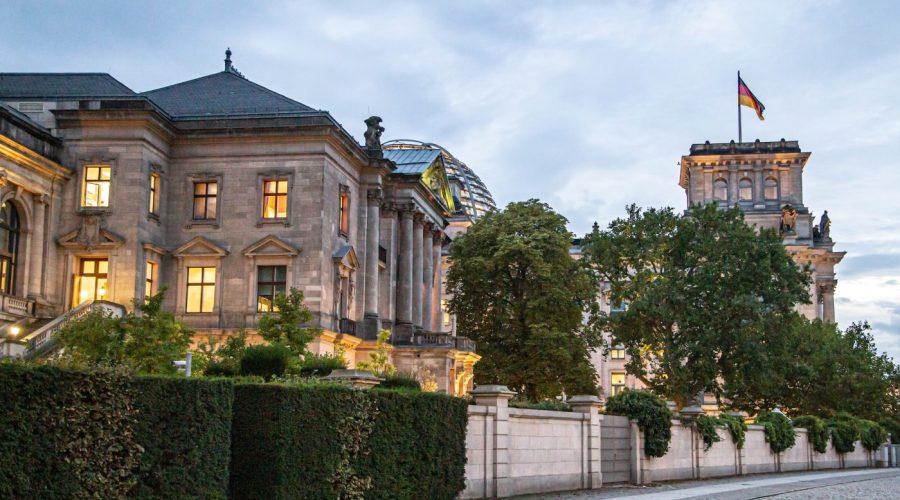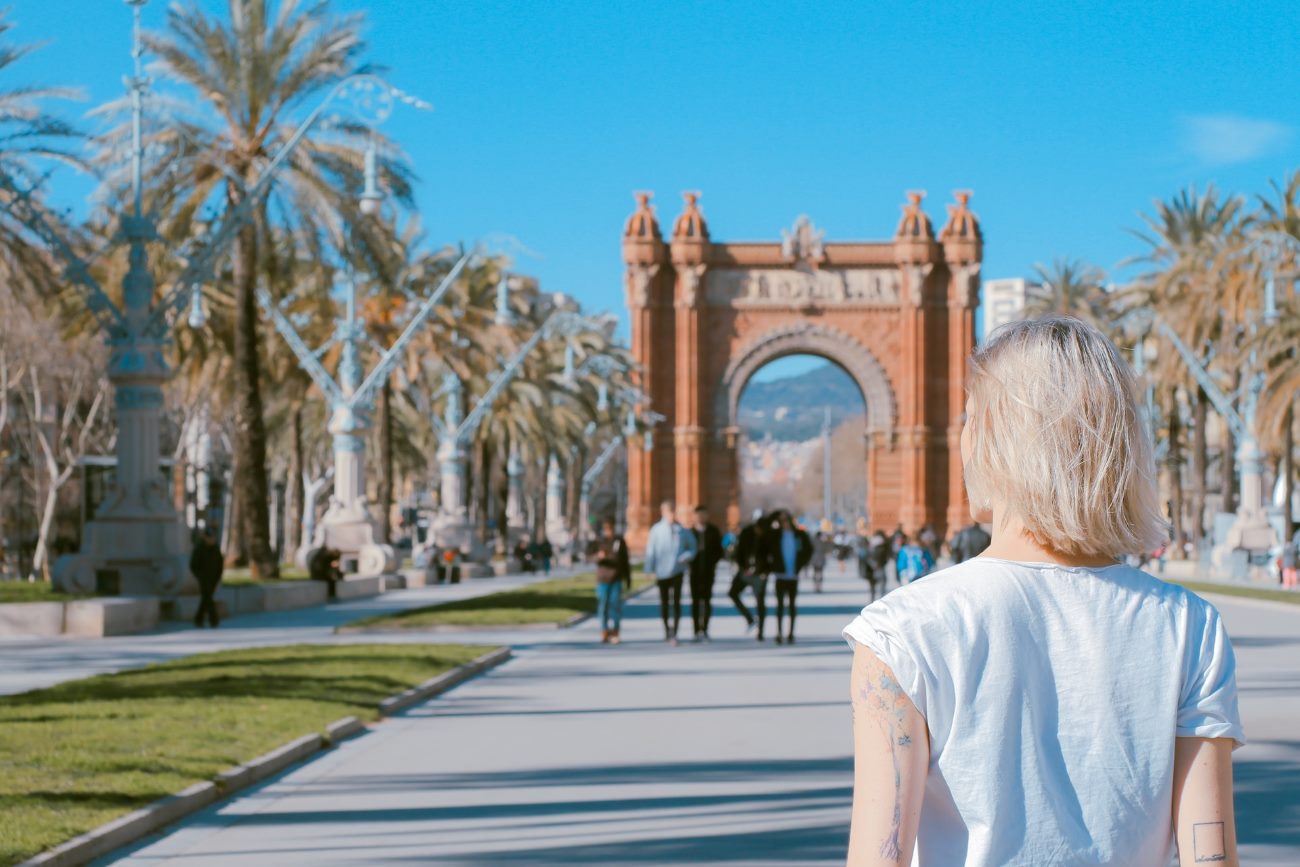Why Should You Consider Taking a Concentration Camp Tour near Berlin?
Going to a concentration camp is an emotion and learning experience that serves as a poignant reminder of the atrocities that have been made during World War II. As a place with such incredible historical importance and a brief distance to several concentration camps, Berlin is the perfect departure for those fascinated in this disturbing period in human history. In every this in-depth guide we will discover the key wishing for visiting concentration camp tours near Berlin and offer you with helpful info on how to entre your holiday.
Understanding the Historical Significance
Concentration camps were a key part of the Nazi regime’s strategy of systematic persecution and mass murder of millions of people during the Holocaust. These camps serve as a testament to the atrocities of the past and a proof of strength of the survivors.
Selecting the Proper Concentration Camp Tour
If you are interested in taking a concentration camp tour, then keep in mind that you want to chose one that is accessible and available to be guided and has a great historical background. Some of these tours are organized by the following places to camps near Berlin:
1. Sachsenhausen Concentration Camp
Sachsenhausen, near fairly Berlin, was one of the first concentration camps to be set up by the Nazis. The camp is today visited as a memorial and museum as a well intentioned schooling in the history of the camp through guided tours. The tour guides give detailed information about the prisoners, their living situation and the eliminative methods used by the camp while it was operational.
2. Ravensbrück Concentration Camp
Ravensbrück, located about 90 kilometers north of Berlin was the biggest women’s concentration camp during the Second World War. This camp was dedicated solely for female prisoners and that it’s very important place to learn about life and sufferings of women through the Hitler Holocaust. Guided tours at Ravensbrück lay emphasis on the lives of those women who were confined there, the stories of courageous fighting and resistance against the dictatorship of terror.
3. Buchenwald Concentration Camp
Buchenwald near Weimar preserves eyewitness accounts of experiences suffered by prisoners from all over the world such as political dissidents, Jews and Romani people. The guided tours include the history of the camp, the life in concentration camp, the cruel medical experiments performed by the Nazi.
Preparing for Your Visit
Some useful tips, to help you to get ready to your concentration camp trip near Berlin:
1. Dress Appropriately
Wear close-fitting, styleable this, and lounging mutually suited for walking foot paths likewise as liking. Please also be modest in your attire out of respect for the victims and survivors.
2. Allow Sufficient Time
Be prepared for a half to full day or at least hours to see the concentration camp and it exhibition. Doing this will allow you enough time to soak up the information and think about your experience.
3. Be Respectful
Respect the memory at the concentration camp memorial sites. Keep a respectful atmosphere, avoid taking snaps and any undesirable conducts, pull down and hear carefully the tour guides.
4. Emotional Preparation
Visiting a concentration camp can be emotionally demanding. Be prepared to encounter the disturbing and tragic stories you will read. It is normal to feel over whelmed, take a break and seek assistance if you need it.
Conclusion
Visiting the concentration camps close to Berlin is an important journey into the past, it is a journey into some history, this way you can pays respects to the victims and people from the past, you can learn from that one and make sure that that will never never going to happening again. Select a guided tour that fits your interests and do your mindset and emotional prepare for the visit. Keep in mind that the experience can be difficult but it is a chance for reflection and insight. Let the time spent remember the memory of the ones that suffered and to let us learn about this horrible part in humans history.
Table of Contents



